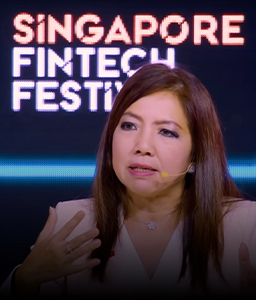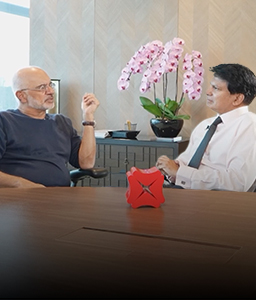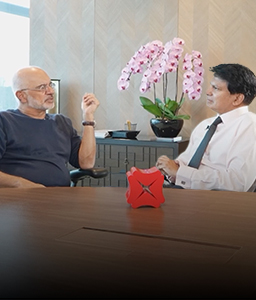Latest News
The latest on DBS
Singapore, Regional·15 Dec 2025
India·12 Dec 2025
Indonesia·11 Dec 2025
Zustainable Ways Project: DBS Z Visa Platinum allocates 0.5% of each transaction for multiple sustainability initiatives | Bahasa
Indonesia·09 Dec 2025
Singapore, Hong Kong, Indonesia, India, China, Taiwan, Regional·04 Dec 2025
Features
Displaying results 1 to 10 out of 312
Filter By
No Results Found
Top Videos
The latest featured videos from DBS




